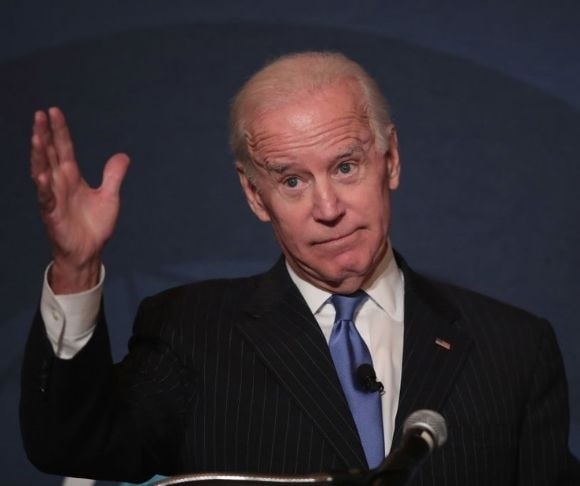Last year, the US economy slipped into a technical recession. But the White House was quick to alter the long-standing definition – back-to-back quarters of negative gross domestic product (GDP) growth – garnering support from members of the mainstream press, charged with telling the public, “We have always been at war with Eastasia.” With the latest economic data coming in, it turns out that the current administration’s strategy might backfire on President Joe Biden and lend credence to those who think the US is already in a recession.
The Recession Is Here?
Last summer, Treasury Secretary Janet Yellen dismissed the -1.6% and -0.6% GDP growth rates and attempted to defend the White House’s assertion that the country was not in the middle of a downturn. Her primary contention was that the average GDP and gross domestic income (GDI), which is known as gross domestic output (GDO), were still expanding. “When you look at the economy, job creation is continuing, household finances remain strong, consumers are spending, and businesses are growing,” she stated during a July 28 news conference.
The GDO is a measurement that assesses the total output of the national economy, calculating a broad array of metrics, such as net exports, business profits, consumption, and labor compensation. Some economists, including the Council of Economic Advisers alumni under former President Barack Obama, purport this might be a more reliable indicator than the GDP since the latter only looks at the value of finished goods and services.
According to the Bureau of Economic Analysis, the real GDI has declined for four of the last five quarters. When the metric is averaged out with the GDP, the US economy has contracted the same number of times. In the fourth quarter of 2022, the GDO was -0.35% (+2.6% GDP and -3.3% GDI). In the first quarter of 2023, the GDO was -0.5% (+1.1% GDP and -2.3% GDI). This suggests that the nation faces one of three things: stagflation, a double-dip recession, or a prolonged downturn.
Other economists and market analysts have taken notice, too.
“Nobody talked about the release of real GDI today. Averaging it (GDI) out with GDP, the economy has contracted for back-to-back quarters and in 4 of the past 5!” tweeted David Rosenberg, the founder of Rosenberg Research, in May. “The recession has arrived and nobody’s noticed.”
“Now, Yellen’s words have come back to haunt her yet again. The latest economic data show the economy might be doing a ‘double dip,’ where a recession is followed by a brief period of growth and then another recession,” wrote Heritage Foundation economist EJ Antoni. “But playing Orwellian word games, like redefining ‘recession,’ doesn’t help American families and doesn’t aid in accurately assessing the economy’s current state. Putting politics aside, the data offer a bleak picture of sluggish growth and high inflation brought on by excessive government spending.”

Joe Biden (Photo by Scott Olson/Getty Images)
Now that it is no longer advantageous to do so, nobody should expect Yellen and Co. to share any numbers born from averaging the GDP and GDI again.
Macro Mumbo Jumbo
Critics will allege that the beauty of macroeconomics is that economists can exploit a treasure trove of data to manufacture a particular narrative. This might be true, which is why former President Harry Truman desired to have a one-handed economist since everyone in the field kept saying “on the other hand.” However, economic experts are following the logic that President Biden, Secretary Yellen, and White House staff have espoused to the American people. Blame the administration for redefining what constitutes a recession and trying to gaslight the American people that what they have been told their entire lives, from academics, the fourth estate, Republicans and Democrats, is not valid anymore.
“Oceania has always been at war with Eastasia. Since the beginning of your life, since the beginning of the Party, since the beginning of history, the war has continued without a break, always the same war,” George Orwell wrote in 1984.




